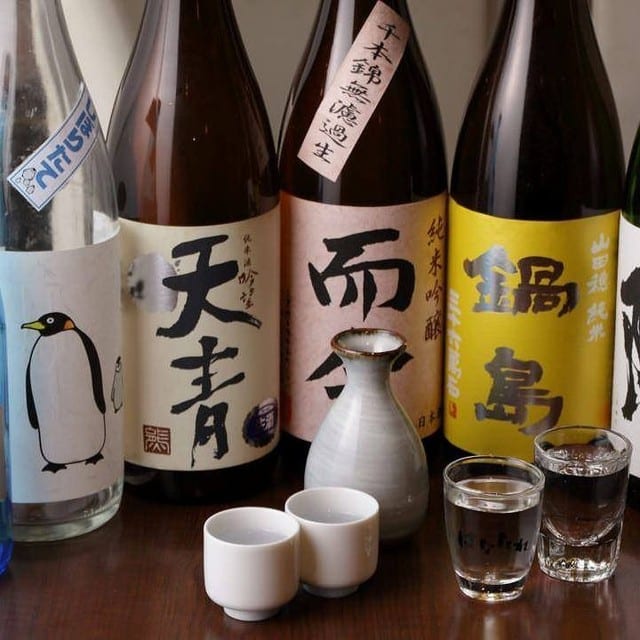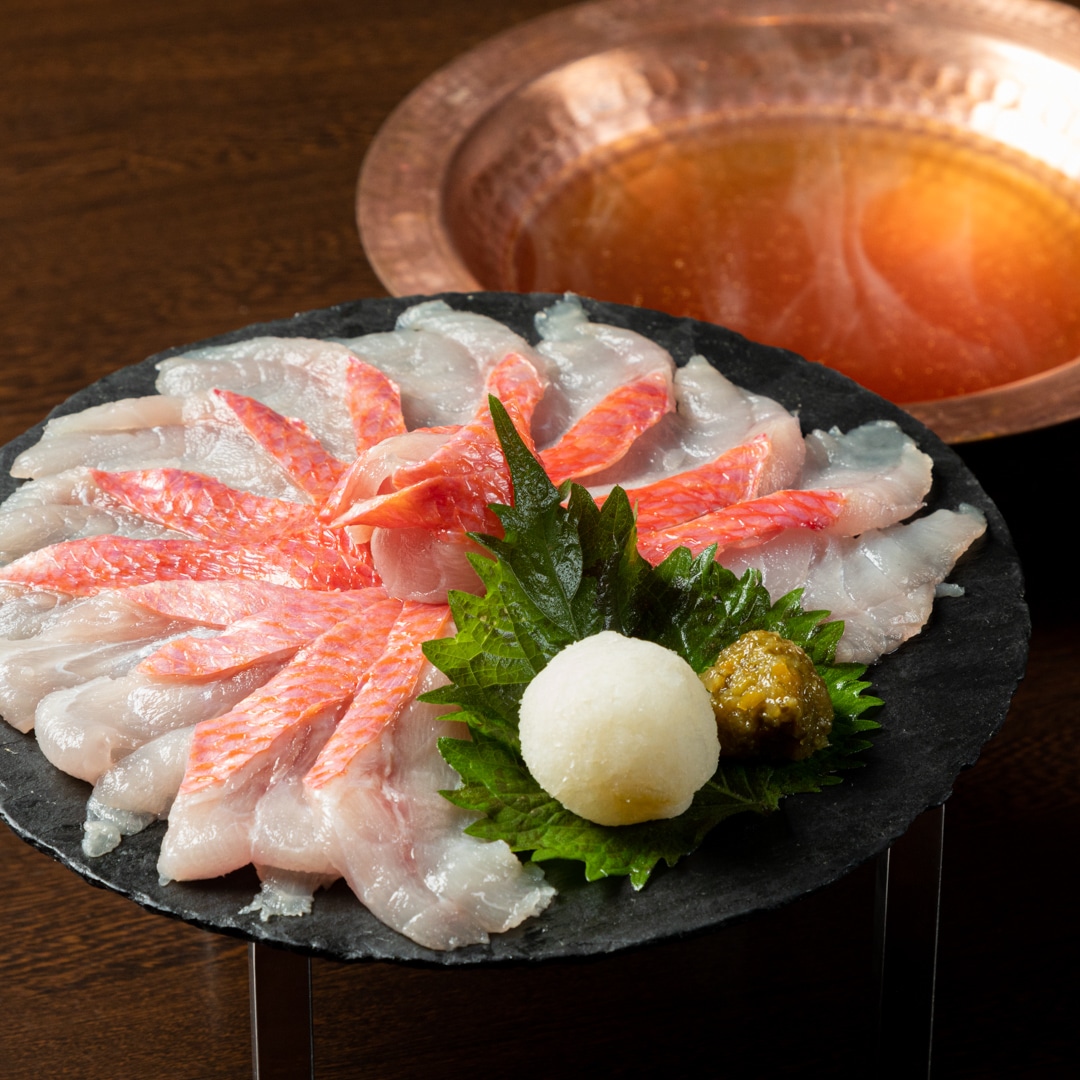
There are various types of sake, and there are various ways to classify them.
In this blog, I will dig a little deeper into the types of sake.
Whether you like Japanese sake or are not good at it, please take a look.
◆◆Various types of sake◆◆
~What is [specifically named sake]? ~
Sake is defined as “refined sake that uses only domestically produced rice and is manufactured in Japan.”
Sake can be categorized into “ordinary sake” and “special name sake”.
Sake that meets certain conditions, such as raw materials, rice polishing ratio, and brewing method, is called ‘special name sake’, and other sake is called ‘ordinary sake’.
Here, we will focus on “special name sake”.
~[Specific name sake] is classified into 8 types~
“Specific name sake” can be classified into eight types.
First of all, it is roughly divided into three types: [Junmai sake] [Honjozo sake] [Ginjo sake], which is further subdivided into
“Junmai”, “Special Junmai”, “Junmai Ginjo”, “Junmai Daiginjo”, “Honjozo”, “Special Honjozo”, “Ginjo”, “Daiginjo”
There are 8 types in total.
Let’s take a look at each feature!
≪≪Junmaishu≫≫
◎Pure rice sake
This sake is made only from rice, rice koji, and water, and there are no restrictions on the rice-polishing ratio.
You can enjoy the original taste and sweetness of rice, its richness, plumpness, and the unique aroma of rice.
Another feature is that it can be enjoyed in various temperature ranges, from cold to hot.
◎Special pure rice sake
This sake is made only from rice, malted rice, and water, and the rice-polishing ratio is less than 60%. * Manufactured using a special manufacturing method
◎Junmai Ginjo sake
“Sake made with only rice, rice koji, and water.” The rice polishing ratio is 60% or less.
Although it is a junmai sake, it also has the characteristics of ginjo sake, with the umami of rice, a slight sweetness, and a gorgeous fruity aroma.
◎Junmai Daiginjo sake
“Sake made with only rice, rice koji, and water.” The rice polishing ratio is 50% or less.
It has a clean and clear taste without any unpleasant taste, and you can feel the umami and richness of rice, while also enjoying the fruity ginjo aroma.
≪≪Honzoshu≫≫
◎Honzo sake
This sake is made from rice, rice koji, water, and brewed alcohol. The rice polishing ratio is 70% or less.
This is a so-called “dry” sake with a refreshing aftertaste. First of all, cold sake is recommended, and hot sake is also recommended.
◎Special Honjozo
Made with rice, rice koji, water, and brewed alcohol. The rice polishing ratio is 60% or less. * Manufactured using a special manufacturing method
“It has a clean taste with no off-flavours.”
*The amount of brewed alcohol added is limited to 10% of the weight of white rice.
≪≪Ginjoshu≫≫
◎Ginjo sake
This sake is made from rice, rice koji, water, and brewed alcohol. The rice polishing ratio is 60% or less.
It is characterized by its fruity aroma (Ginjo aroma) because it is made using a method called ginjo brewing, in which it is fermented at a low temperature for a long time.
◎Daiginjo sake
Made with rice, rice koji, water, and brewed alcohol. The rice polishing ratio is 50% or less.
A clean and smooth taste with few off-flavours. Although it is light and dry, it has a fruity and gorgeous ginjo aroma from ginjo brewing.
There is no particular rule regarding the “special manufacturing method” of “Tokubetsu Junmaishu” and “Tokubetsu Honjozo”, and since it is left to the discretion of the brewery, unique sake is made.
The ingredients and what kind of brewing method is “special” is displayed on the label, so please check carefully.
In addition, sake that is not labeled as [Junmai-shu], [Honjozo-shu], or [Ginjo-shu] can be said to be “Futsu-shu” mentioned at the beginning.
It has a mild aroma and moderate umami, making it an easy-to-drink sake with a calm taste.
~Rice polishing ratio and brewing alcohol~
As you can see, the rice-polishing ratio and brewed alcohol are key points in classifying the types of sake.
Then, what is the rice polishing ratio and brewing alcohol?
“Rice-polishing ratio” refers to the weight percentage of white rice remaining after brown rice has been polished.
For example, a rice polishing ratio of 60% indicates that 40% is shaved and the remaining 60% is used as raw material.
The lower the number, the more the outer part, which causes unpleasant taste, is shaved.
“Distilled alcohol” is a plant-based edible alcohol that is mainly made from sugar cane.
Because it is possible to change the taste, such as making it a scent, a refreshing taste, or a refreshing taste,
It is used to bring out the uniqueness of sake.
So far, we have introduced [types of sake] according to ingredients, rice polishing ratio, brewing method, etc.
It may be said that it is the base for classifying Japanese sake.
However, sake can be divided into other types.
~Classification by different timings of [burning]~
In order to keep the quality and taste of sake consistent, it is common to pasteurize it twice, before it is stored and before it is packaged and shipped.
Although it is said to be pasteurized, it is not boiled, but it is soaked in hot water for about 30 minutes so that the temperature of the sake is about 60 to 65 degrees Celsius.
It is possible to classify the type by the timing and number of times of this pasteurization, and the taste will also be different.
●Sake that is shipped without being pasteurized is [raw sake].
It tastes fresh and youthful. Normal temperature is NG! Store in a cool state
●Sake that has been stored raw without being pasteurized and has been pasteurized only once before shipping is [Namahozoshu].
Summer is said to be the season, and it is characterized by its freshness that is perfect for summer. The mouthfeel is light and easy to drink.
●Namazume is sake that is pasteurized only once before storage.
Because it is not pasteurized a second time, it is as fresh and refreshing as namazake, and has a relatively milder and calmer taste than namazake.
“Hiyaoroshi”, which is in season in autumn, will be this “fresh pickle”.
~You can sort by taste and aroma~
From the viewpoint of taste and aroma, Japanese sake can be divided into “Kunshu”, “Soshu”, “Junshu” and “Jukushu”.
It can be divided into four types.
The classification with high fragrance is [Scented sake / Mature sake], the classification with low fragrance is [Sweet sake / Mellow sake],
Sake with a strong flavor can be classified as [Mature Sake / Mellow Sake], and Sake with a light flavor can be classified as [Scented Sake / Refreshing Sake].
Specifically, “Kumousake” is fragrant and fruity, such as ginjo sake and daiginjo sake.
“Souzake” is light and fresh on the palate. The scent is modest, and this is for unpasteurized sake and ordinary sake.
“Junshu” has a rich taste that allows you to feel the richness and umami of rice, and has a modest aroma. Pure rice sake system.
“Jukushu” has a deep aroma and a rich, aged flavor. There are also unique yellow and brown colors due to aging. This includes aged sake and long-term aged sake.
¨⌒¨⌒¨⌒¨⌒¨⌒¨⌒
What did you think.
I think that the more you dig into it, the more you can feel the depth of sake.
It’s a bit difficult to classify, but you can also find your favorite taste from multiple angles.
Not only can you keep drinking your favorite bottle, but you can also search thoroughly until you find your favorite brand.
Enjoying while feeling the delicate difference in taste is the real pleasure of sake!
When you visit our store, please thoroughly enjoy sake together with our specialty dishes.
We are looking forward to your visit.



